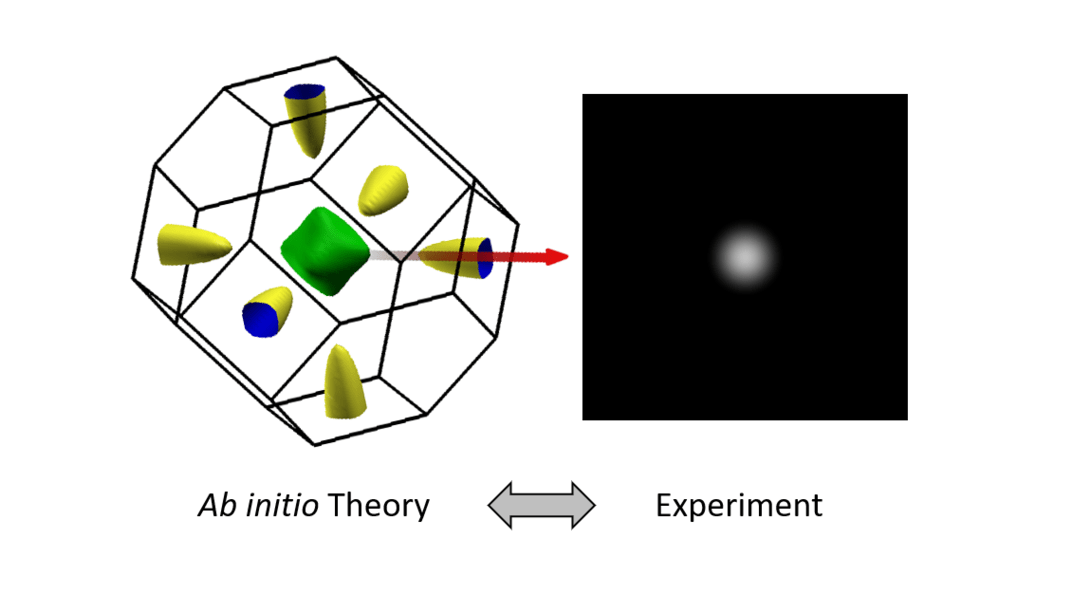Applied Laser

High quality, pulsed electron sources are a key performance parameter for state-of-the-art scientific instruments such as x-ray free electron lasers (XFELs) and ultrafast electron microscopes and diffraction systems – instruments that are at the cutting edge of our ability to study materials and molecules with high space-time resolution. At present, the required electron pulses are predominantly generated using pulsed laser-driven electron guns incorporating planar polycrystalline photocathodes, such as Copper and the semiconductor Cesium Telluride. This research group aims to deliver fundamental improvements in the quality of these electron pulses through the discovery of promising new single-crystal photocathodes selected by Ab initio theoretical techniques. The work will leverage our recently acquired knowledge of the direct connection between the properties of the photoemitted electrons and physical characteristics of the electronic states from which they originate in the photocathode crystals. Integral to this work is the continued development of a functional photoemission simulation code that accurately predicts both the quantum efficiency of emission and quality of the generated electron pulses (specifically, the divergence or mean transverse energy). The success of the proposed photocathode studies should have immediate implications for the operational performance of XFELs at US national laboratories, the numerous ultrafast electron diffraction systems employed in the country’s research infrastructure, and the development of future high space-time resolution electron microscopes.